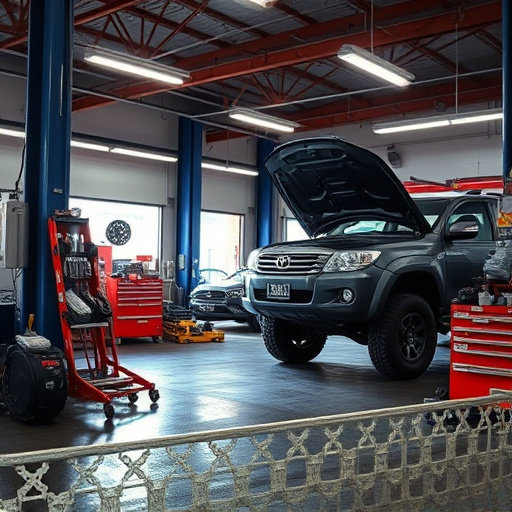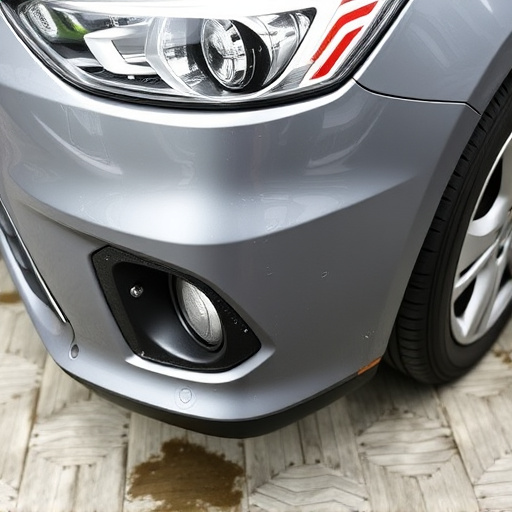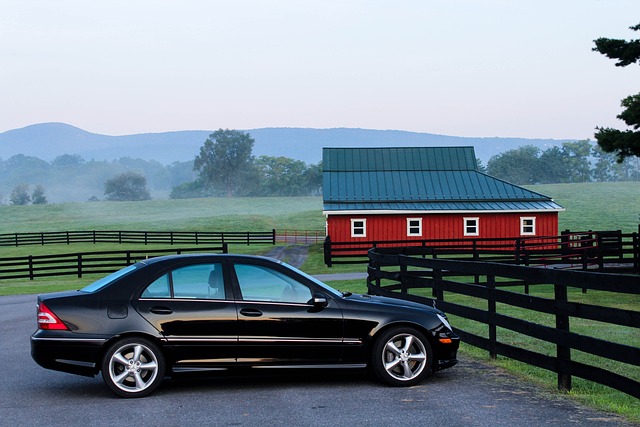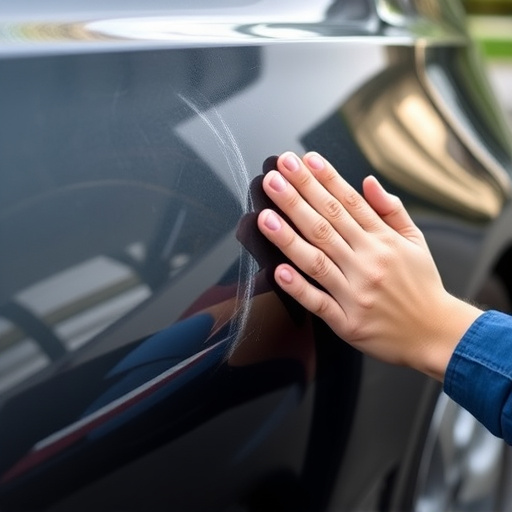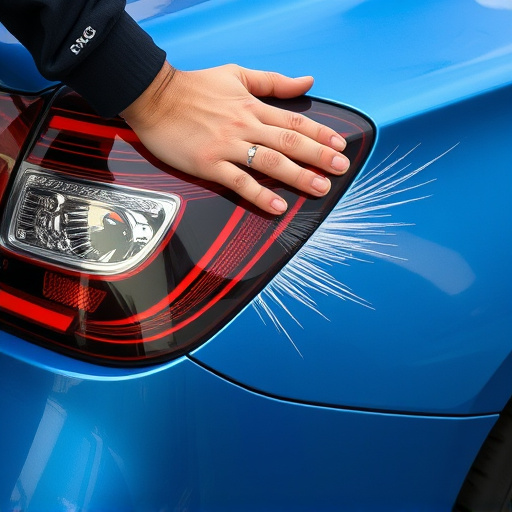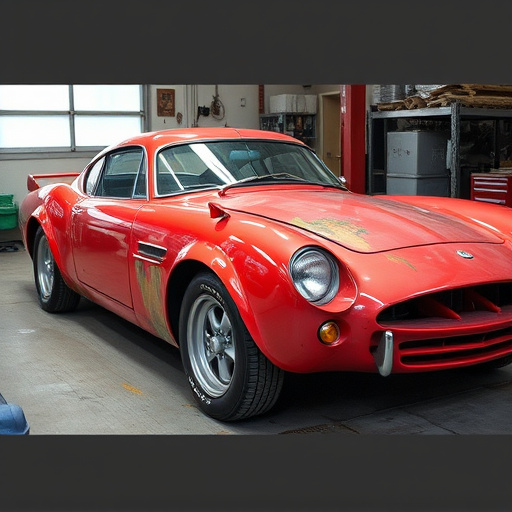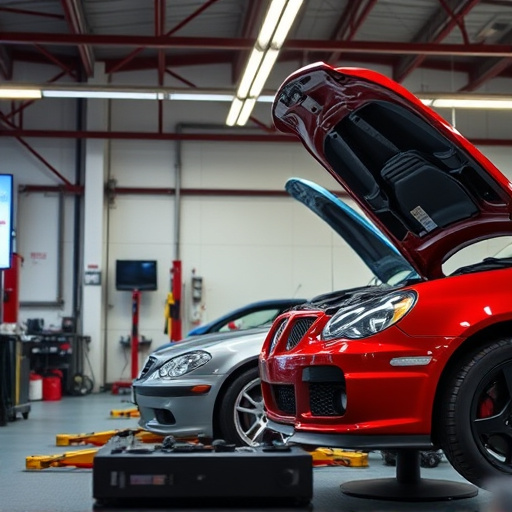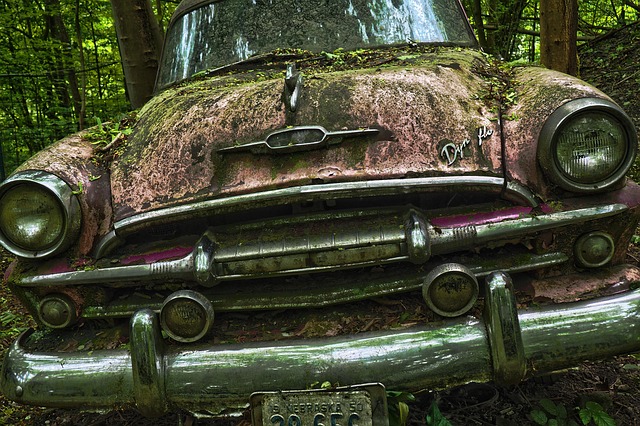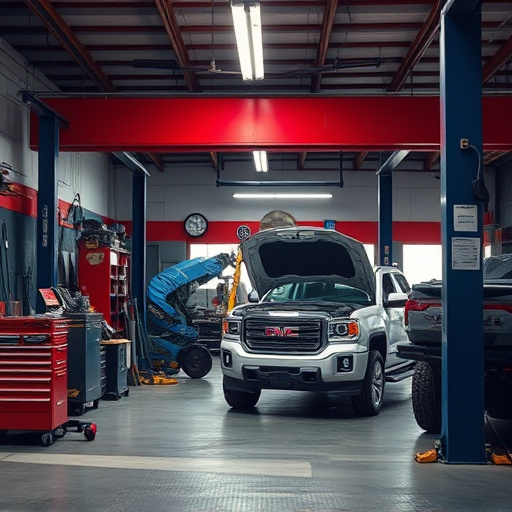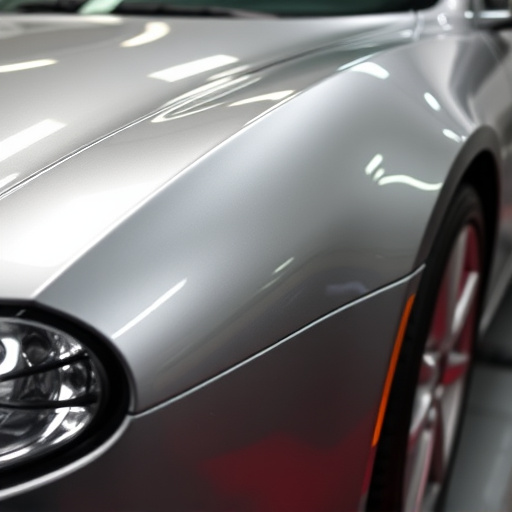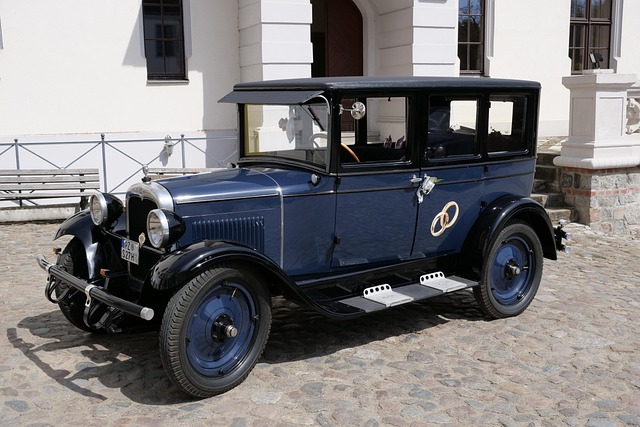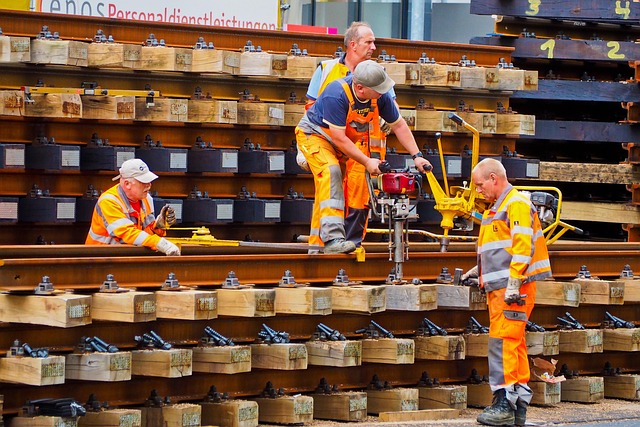Windshield calibration is a critical safety aspect for modern vehicles, essential in auto body shops to meet stringent requirements. Advanced technologies like laser alignment systems and CAD software ensure precise adjustments, enhancing vehicle performance and safety features. This meticulous process prioritizes driver safety, structural integrity, and clear visibility, aligning with manufacturer standards.
In today’s automotive landscape, windshield calibration is more than a mere adjustment—it’s a cornerstone of modern safety standards. As vehicles evolve with advanced driver assistance systems (ADAS) and autonomous capabilities, precise windshield alignment becomes paramount. This article explores the critical role of windshield calibration in enhancing safety, delving into the latest technologies ensuring accurate alignment and the rigorous practices safeguarding drivers on the road.
- The Role of Windshield Calibration in Modern Safety Standards
- Evolving Technologies for Accurate Windshield Alignment
- Ensuring Driver Safety through Rigorous Calibration Practices
The Role of Windshield Calibration in Modern Safety Standards
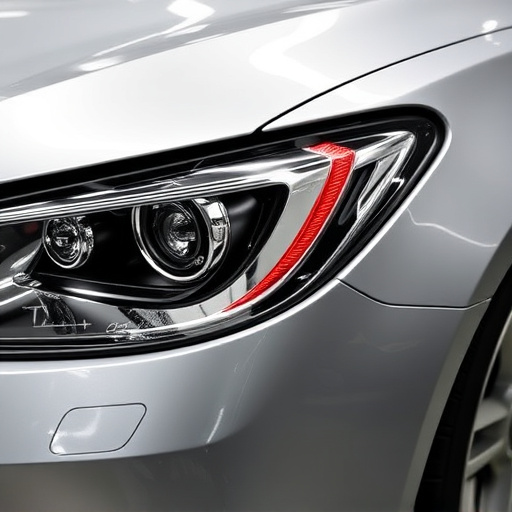
In today’s world, safety is paramount, especially on our roads. Windshield calibration plays a pivotal role in modern safety standards, ensuring that every vehicle’s windshields are accurately aligned and functioning optimally. This process goes beyond mere auto maintenance; it’s a critical component of car bodywork services that directly impacts driver visibility, lane departure warnings, adaptive cruise control, and other advanced driver-assistance systems (ADAS). Accurate calibration ensures these features operate at peak efficiency, enhancing overall vehicle safety and performance.
For vehicle body shops, staying updated with the latest windshield calibration standards is not just a best practice but a necessity. By adopting advanced technologies and techniques for windshield calibration, these shops contribute to the evolving landscape of car safety. This involves precise measurements, intricate adjustments, and adherence to stringent industry guidelines—all aimed at delivering safe, reliable, and high-quality auto maintenance services that meet today’s safety requirements.
Evolving Technologies for Accurate Windshield Alignment
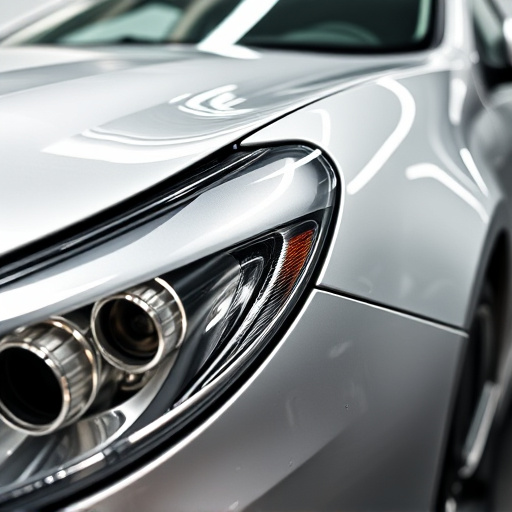
The evolution of technology has significantly impacted windshield calibration, pushing it to new heights in terms of precision and safety standards. Modern tools like laser alignment systems offer a non-invasive method for calibrating windshields, ensuring minimal disruption to the vehicle’s structure. These advanced systems project precise beams to identify any deviations from the optimal position, enabling technicians to make exact adjustments. This technological advancement is crucial as it sets a higher bar for collision repair services, particularly in handling car damage repair, including dent removal, without compromising structural integrity.
Furthermore, the integration of computer-aided design (CAD) software has revolutionized windshield calibration processes. CAD systems provide detailed digital representations of vehicles’ glass structures, enabling technicians to plan and execute repairs with unparalleled accuracy. This technology ensures that every step in the calibration process is methodical and consistent, reducing errors often associated with manual methods. As a result, car owners can expect superior collision repair services, ensuring their vehicles’ windshields are restored to pristine condition after any incident involving dent removal or other types of car damage repair.
Ensuring Driver Safety through Rigorous Calibration Practices
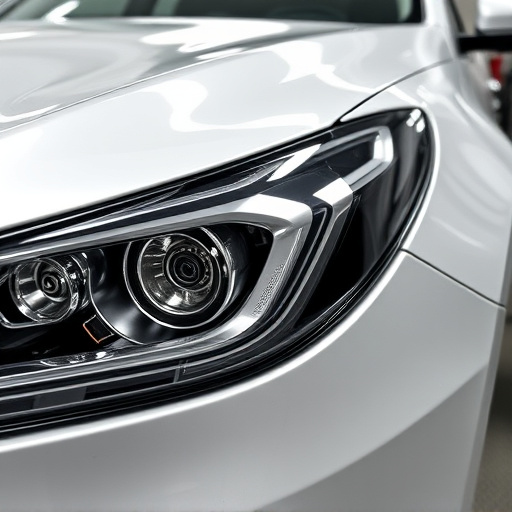
In the pursuit of enhanced driver safety, windshield calibration stands as a cornerstone practice within the automotive industry. This meticulous process ensures that windshields are perfectly aligned and optimized for clear visibility, crucial factors in preventing accidents and mitigating risks on the road. Through rigorous calibration, car body shops and automotive repair centers can achieve precise adjustments, aligning with evolving safety standards. Every minutia of the windshield’s curve and angle is meticulously adjusted to meet manufacturer specifications, guaranteeing optimal performance during every drive.
The significance of accurate windshield calibration cannot be overstated, especially within a vehicle body shop. It plays a pivotal role in ensuring not just the safety of drivers but also the structural integrity of the vehicle. By adhering to these stringent standards, automotive repair professionals can offer their customers peace of mind, knowing that their vehicles are equipped with calibrated windshields ready to withstand various driving conditions and weather situations. This commitment to quality is a defining feature of professional car body shops, fostering trust among those who rely on their services for both safety and reliability.
Windshield calibration is not just a technical process; it’s a vital component of modern safety standards, ensuring that drivers have clear visibility and a reduced risk of accidents. As technology advances, so too do calibration methods, allowing for more precise adjustments and improved vehicle performance. By adhering to rigorous calibration practices, manufacturers can guarantee driver safety and peace of mind on the road, making windshield calibration an indispensable practice in the automotive industry.
